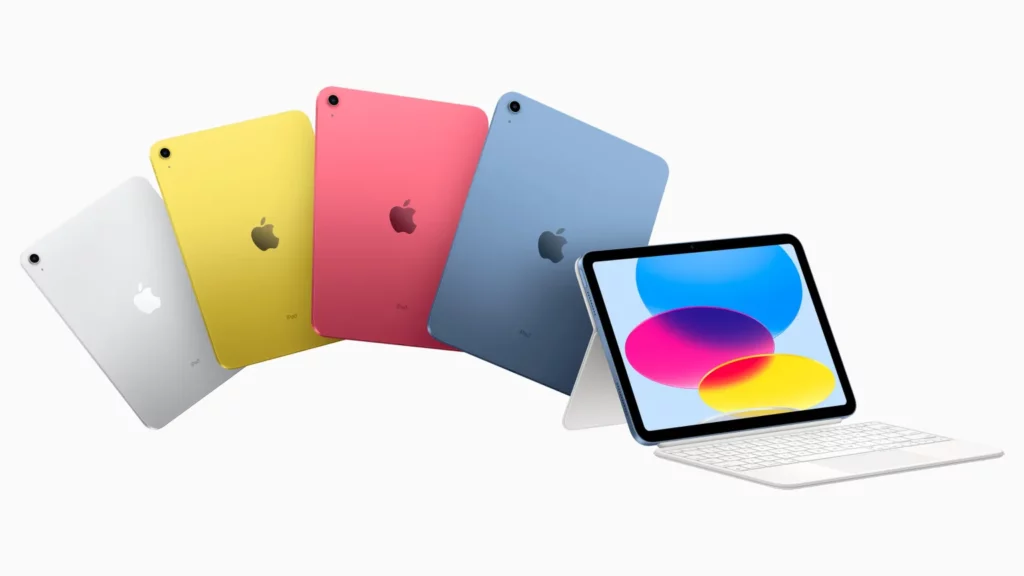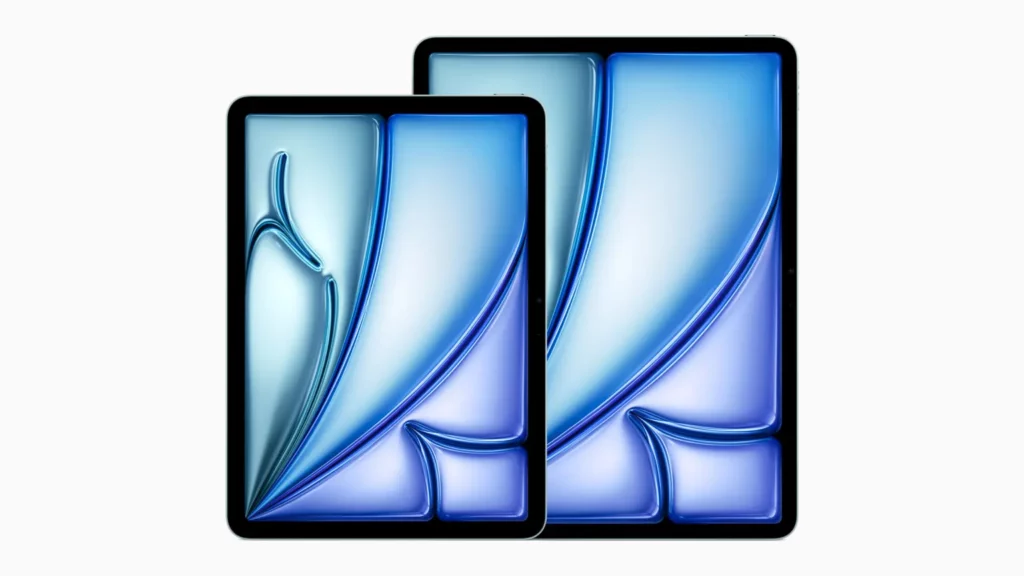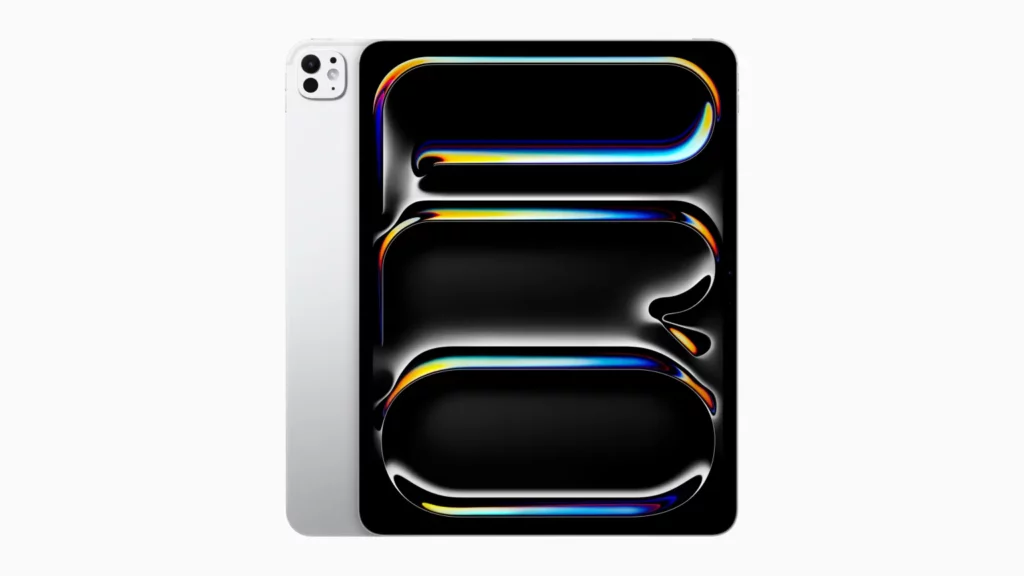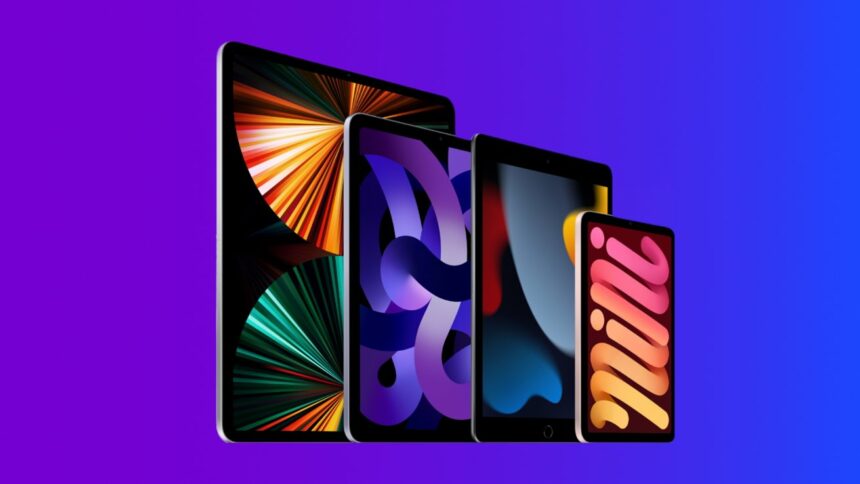Apple recently updated its two high-end tablets: the iPad Air and the iPad Pro. While the entry-level iPad didn’t receive an update, the company also lowered its price. And yes, the iPad mini is still available.
Let’s delve into the iPad lineup to understand their differences, aiding in your decision-making process for your next iPad purchase, especially if your current device can no longer receive the latest updates for your apps.

Entry-level iPad
The 10th-generation iPad, simply called “iPad”, remained unchanged during Tuesday’s Let Loose event. Nevertheless, it remains a solid entry-level tablet with a 10.9-inch display, powered by the A14 Bionic system-on-a-chip initially released for the iPhone 12 lineup, and equipped with a USB-C port. It’s available in blue, pink, yellow, and silver.
Previously priced at $449, Apple has now reduced the price to $349 for 64GB of storage. However, upgrading to 256GB sees a price increase to $499. This also marks the departure of the ninth-generation iPad from the lineup.

The iPad Air
What is the iPad Air? The distinction between the iPad Air and iPad Pro isn’t as clear as before. However, Apple’s SVP of Hardware Engineering attempted to clarify the role of the iPad Air. He stated, “iPad Air is designed to deliver advanced features pioneered on iPad Pro and make them available at an even more affordable price.”
As a result, it’s no surprise that the iPad Air is now offered in two screen sizes: 11 inches and 13 inches. Apple has introduced its M2 chip to power the iPad Air and has repositioned the front-facing camera along the landscape edge of the tablet.
The 11-inch iPad Air starts at $599, while the 13-inch model begins at $799. Opting for a model with cellular connectivity or choosing to add more storage will increase the overall cost accordingly.

The iPad Pro
True to its name, the iPad Pro boasts the most cutting-edge components currently available. The latest iteration of the iPad Pro continues this trend, featuring an OLED display and introducing the all-new M4 chip.
In essence, everything about the iPad Pro is superior. It comes equipped with four speakers, a lidar scanner, a new adaptive true-tone flash, and a USB-C port that supports Thunderbolt 4. However, whether these features are essential depends on your specific use cases and how you incorporate your iPad into your computing setup.
Undoubtedly, the iPad Pro is a pricey device. The 11-inch model starts at $999, while the 13-inch version comes in at $1,299. Additionally, the iPad Pro does not include a keyboard or pencil in the box, often resulting in additional expenses comparable to that of a MacBook Air.
The iPad Mini
Although Apple did not mention the iPad Mini during the event, the device remains in the lineup. With its 8.3-inch display, the iPad Mini sits between a smartphone and a traditional iPad in terms of size.
While it would have been preferable to see a chip update for the iPad Mini during the event, it’s reassuring that the device continues to be part of Apple’s product offerings.
Now, let’s dive into the world of iPad accessories, where things can get a bit complex due to compatibility differences between models.

Pencils
All iPad models now support pencils. Apple offers a basic $79 USB-C Apple Pencil compatible with all models, serving as the most affordable option. While it can magnetically attach to the tablet, charging requires a USB-C cable.
The entry-level iPad also accommodates the first-generation Pencil, albeit requiring a dongle for connection as it lacks magnetic attachment. However, opting for the basic USB-C Apple Pencil is recommended if you don’t already own the first-generation version.
For iPad Mini users, there’s the $129 second-generation Apple Pencil. Notably, this version supports wireless pairing and charging, along with a convenient double-tap shortcut to switch tools.
Those eyeing a new iPad Air or iPad Pro can opt for the second-generation Apple Pencil Pro, priced at $129. This updated version introduces quality-of-life features like the ability to open a tool palette using the pencil.

Keyboards
Keyboard compatibility varies by iPad model, with each having its own Magic Keyboard. For the entry-level iPad, the Magic Keyboard Folio serves as the option, albeit lacking the premium design of those for the iPad Air and iPad Pro. Priced at $249, it functions essentially as a keyboard cover.
For the iPad Air and iPad Pro, keyboard pricing depends on the tablet size. The Magic Keyboard for 11-inch models costs $299, while that for 13-inch models is $349.
Alternatively, if you don’t anticipate typing lengthy documents, the Smart Folio offers protection for the display and doubles as a stand. The versatility of the iPad ecosystem provides flexibility surpassing that of a laptop.







